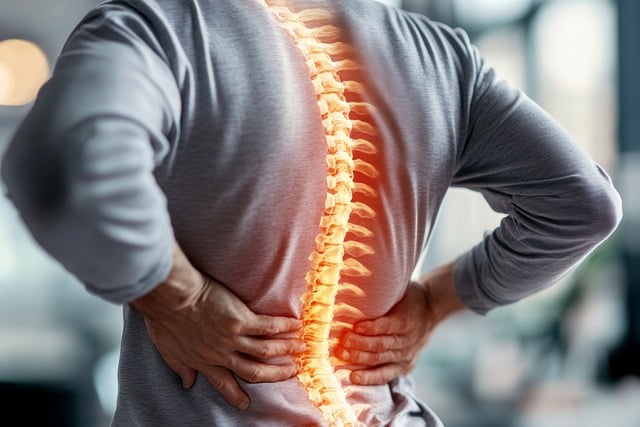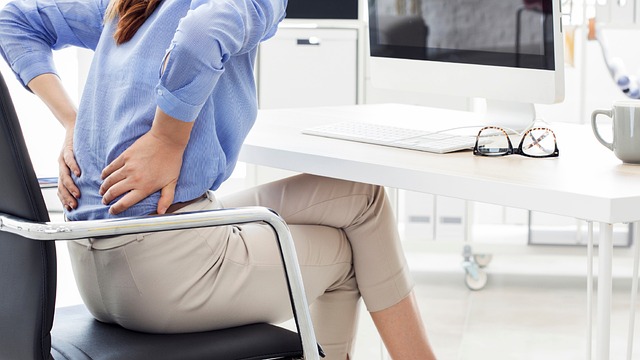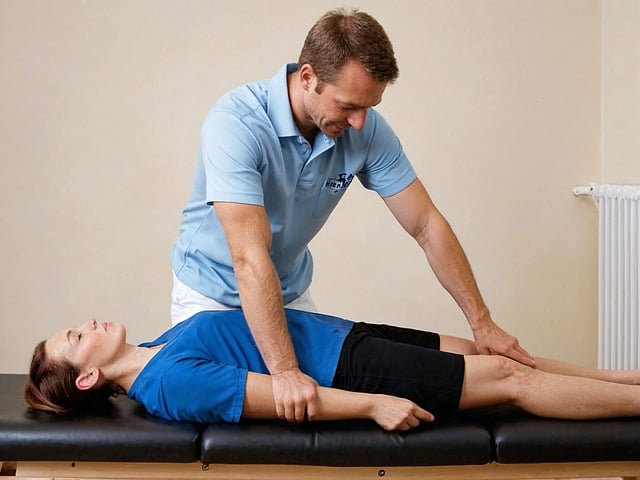Understanding and Managing Lower Back Pain: Tips for Prevention and Recovery
World Physical Therapy Day, celebrated on 8th September, is all about recognising the vital role physiotherapists play in keeping us moving and healthy. It’s a day to appreciate how they help prevent and manage physical issues, improving the quality of life for people everywhere.

Lower back pain (LBP) is a common issue that affects millions of people worldwide. In the UK, 2.5 million people experience back pain every day, which costs the country £12.3 billion, or 22% of its healthcare expenditure. As the leading cause of disability on a global scale, back pain significantly impacts the quality of life for millions.
For World Physical Therapy Day 2024, the focus is on the role of physiotherapy in managing and preventing lower back pain, so it’s the ideal time to take a look at some practical tips on how to avoid, manage, and even recover from this widespread and debilitating condition.
Preventing Lower Back Pain
Prevention, as they say, is always better than cure, and that is most certainly the case when it comes to lower back pain. Here are some key strategies to help you keep your back healthy and pain-free:
1. Maintain Good Posture:
Poor posture is one of the main contributors to lower back pain. Whether you’re sitting at a desk (as so many of us do for hours a day), standing, or walking, make sure to keep your back straight and your shoulders aligned. Easier said than done, especially as we often fall into bad posture habits, but this really helps to evenly distribute your body weight and reduces strain on your lower back.

2. Stay Active:
Regular physical activity is essential for keeping your back muscles strong and flexible. So engaging in exercises like walking, swimming, or specific core-strengthening workouts can significantly reduce your risk of developing lower back pain. It doesn’t need to be much, just 20 minutes of your chosen exercise per day, if you can, or every other day if you can’t.
3. Ergonomic Workstation:
If you spend a lot of time sitting, make sure your workstation is ergonomically set up. Ideally, use a chair that supports the natural curve of your spine, be sure to keep your feet flat on the floor as best you can, and position your computer screen at eye level to avoid straining your neck and back. If you work from a laptop, try raising the computer up a bit higher using a prop to prevent hunching over your screen.

4. Lift Correctly:
Improper lifting techniques can easily lead to back injuries. Everybody knows this one but we don’t always adhere to it – an object doesn’t need to be heavy in order to injure your back from poor lifting technique. When lifting heavy objects, always bend your knees and keep the object close to your body. Avoid twisting your spine while lifting, as this can increase the risk of injury.
Managing Lower Back Pain
If you’re already experiencing lower back pain, there are several steps you can take to manage it effectively:

1. Rest Isn’t Always Best:
While it’s important to rest and avoid activities that may worsen your pain, prolonged rest can actually make your symptoms worse. Try to stay as active as possible with gentle movements and light activities.
2. Apply Heat or Cold:
Applying a heating pad or cold pack to the affected area can help reduce inflammation and relieve pain. Use whichever feels more comfortable, or alternate between the two.
3. Stay Mobile:
Gentle stretching and walking can help maintain your mobility and reduce stiffness. Avoid any movements that cause sharp pain, but don’t let fear of pain keep you completely inactive. For professionally recommended stretches and movements, please speak with a specialist or search online for a reputable source (we have several stretching videos on our Facebook and Instagram pages, so you could always begin there).
4. Seek Professional Help:
Physiotherapy, including innovative treatments like Molecular Bio-Physical Stimulation Therapy (MBST), can be highly effective in reducing pain and promoting healing because it treats the root cause of the issue as well as the symptoms. A physiotherapist can develop a personalised treatment plan tailored to your specific needs.
Post-Recovery: Avoiding Recurrence
Once you’ve recovered from lower back pain, it’s important to take steps to prevent it from coming back:
1. Strengthen Core Muscles:
A strong core is essential for supporting your spine and preventing back pain. Incorporate exercises that target your abdominal, back, and pelvic muscles into your regular fitness routine. Again, speak to a healthcare professional or find a reputable source online for guidance.
2. Continue Stretching:
Regular stretching helps maintain flexibility in your lower back, hamstrings, and hip flexors, reducing the likelihood of stiffness and pain.
3. Avoid Repetitive Strain:
Be mindful of activities that involve repetitive bending, twisting, or lifting. Take breaks, use proper lifting techniques, and avoid overloading your lower back. If your work is a contributing factor to causing the pain, speak with your manager or the HR department so they are aware of the issue.
4. Stay Consistent with Exercise:
Regular physical activity is key to maintaining overall back health. Low-impact exercises like yoga or Pilates can be particularly beneficial in keeping your back strong and flexible without being too physically taxing.

The Role of MBST in Lower Back Pain Management
MBST is a non-invasive therapy that uses magnetic resonance to stimulate the body’s natural healing processes at a cellular level. For those suffering from lower back pain, MBST can help reduce inflammation, promote tissue regeneration, and accelerate recovery. It’s a promising option for both managing existing pain and preventing future occurrences.
By following these tips and staying proactive about your back health, you can reduce your risk of developing lower back pain and improve your overall quality of life. Whether you’re currently dealing with back pain or looking to prevent it, these strategies can help you stay healthy, mobile, and independent.

